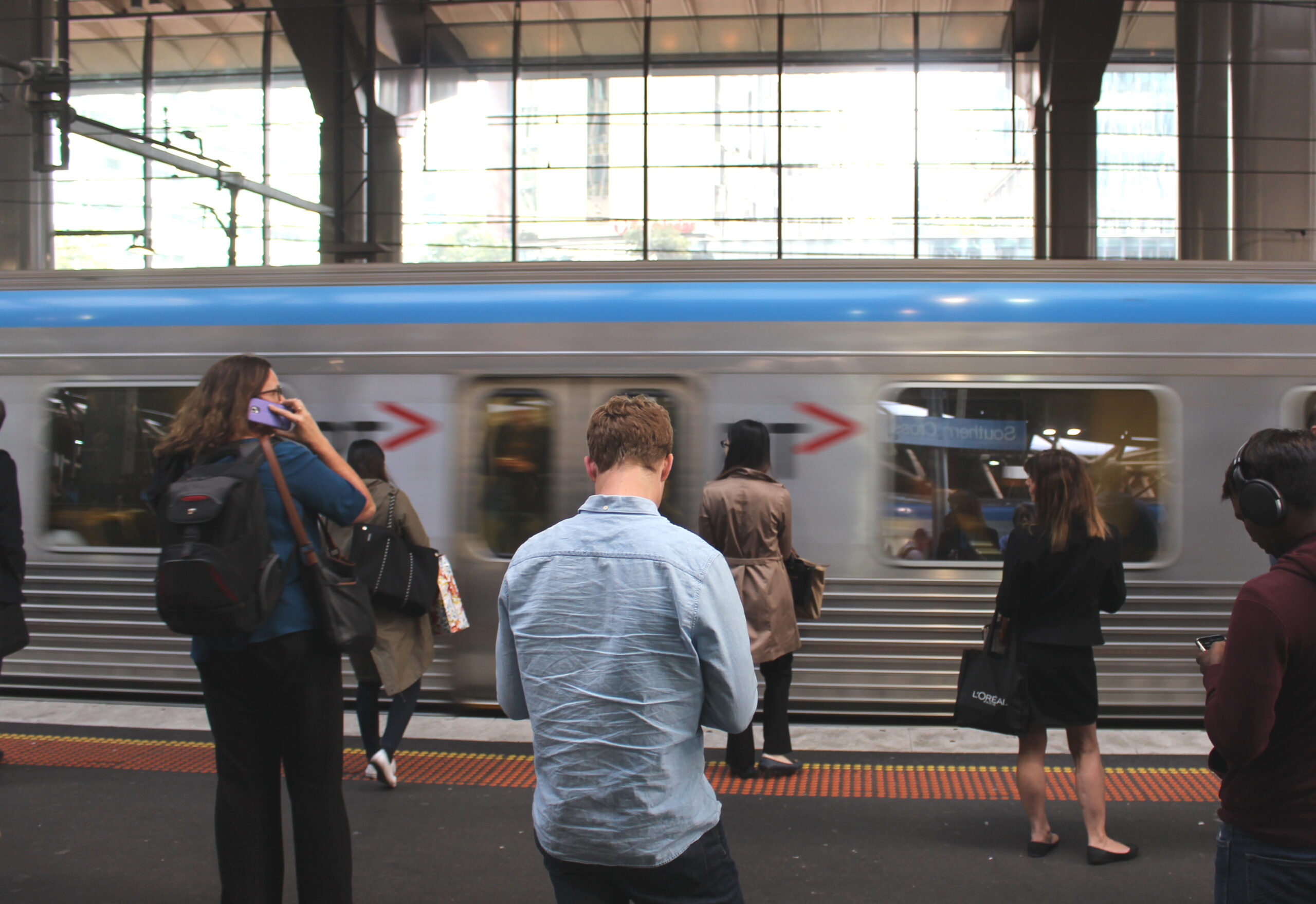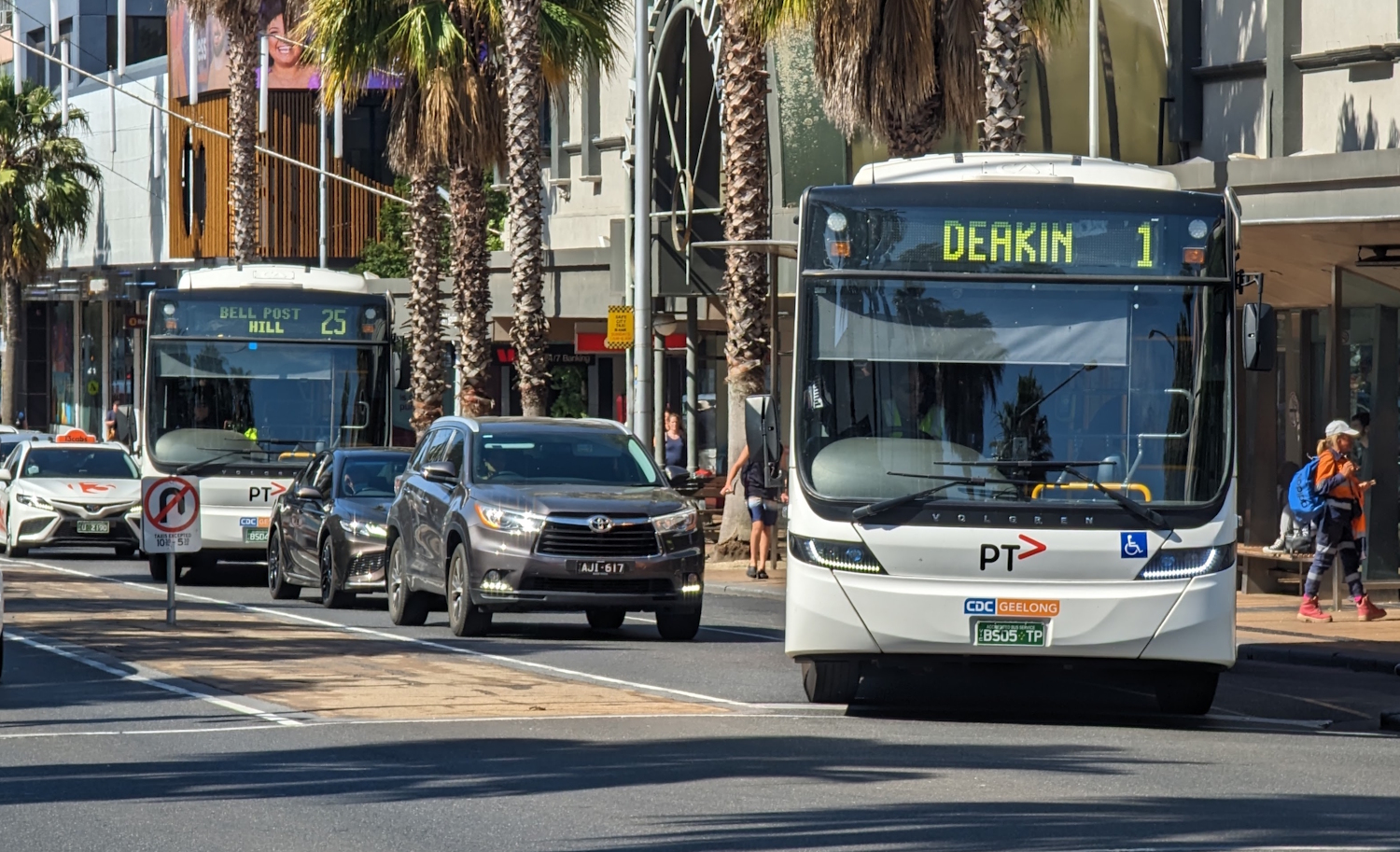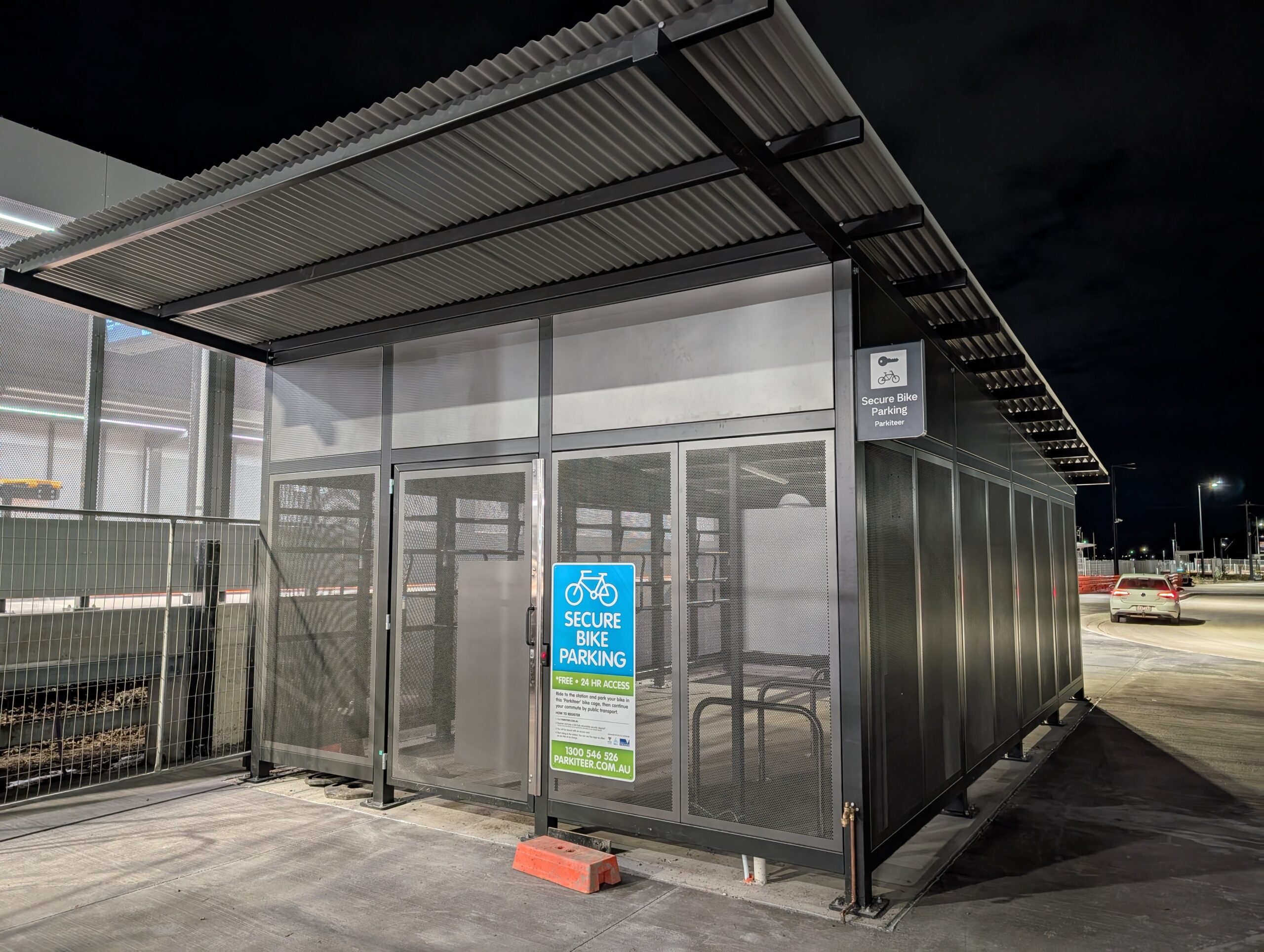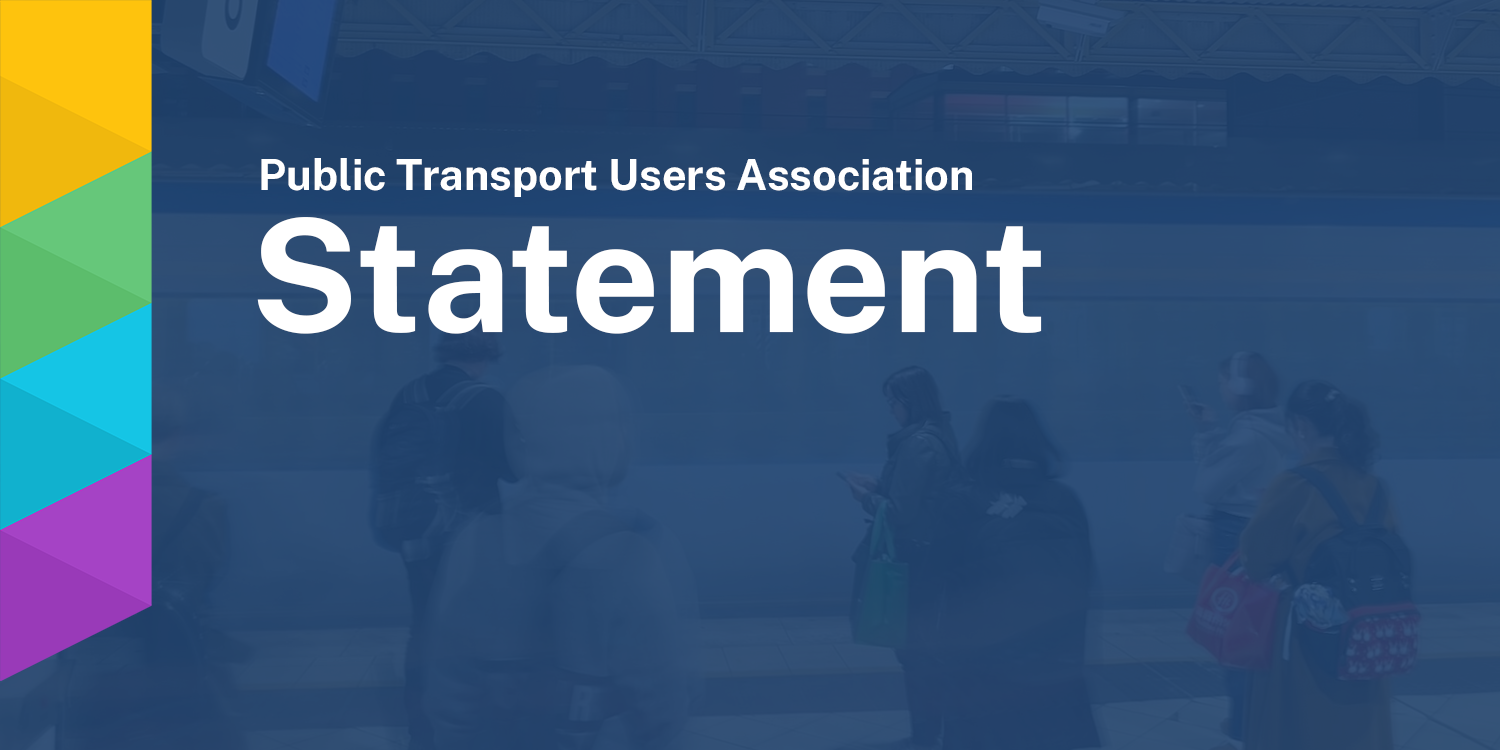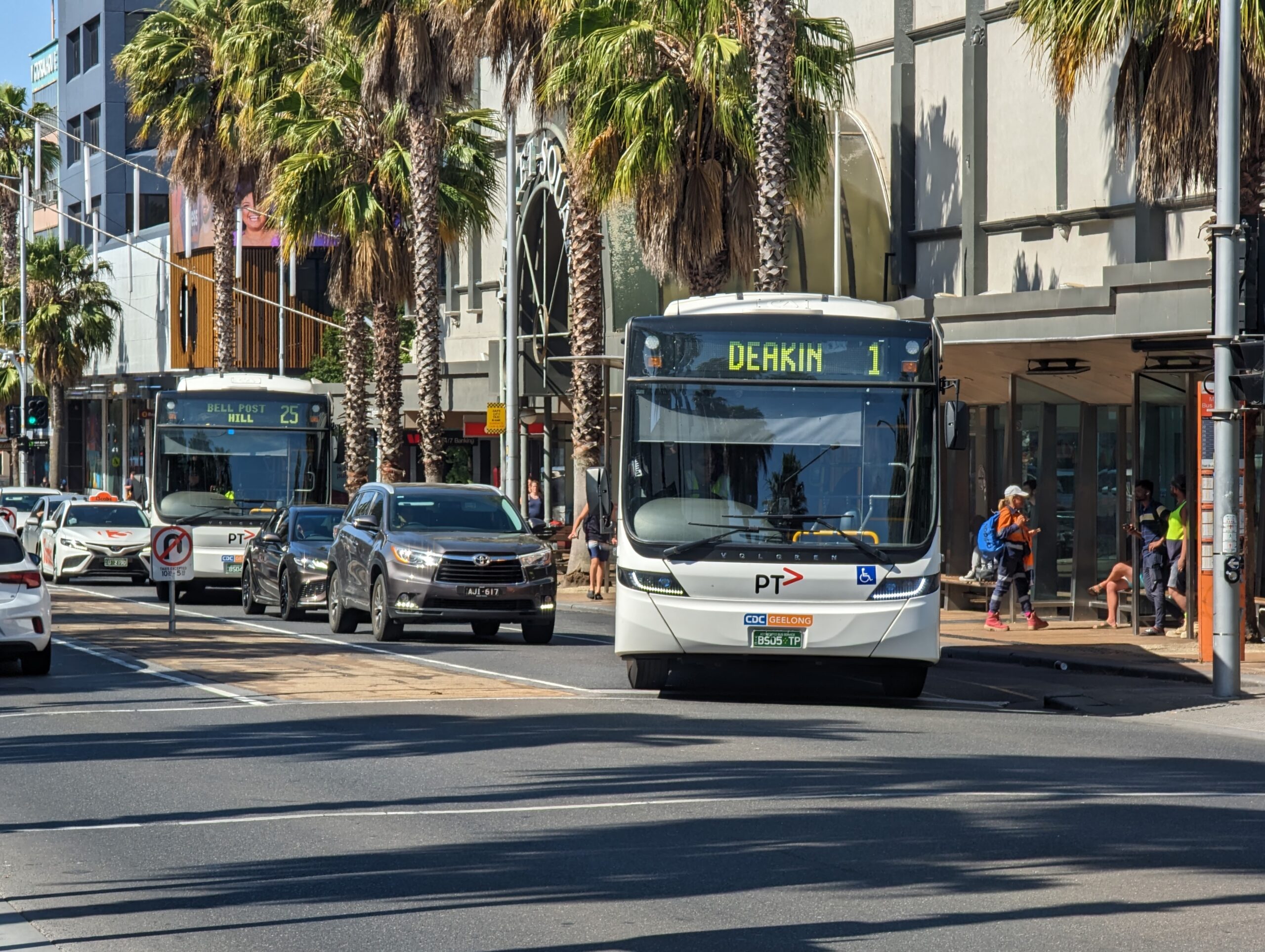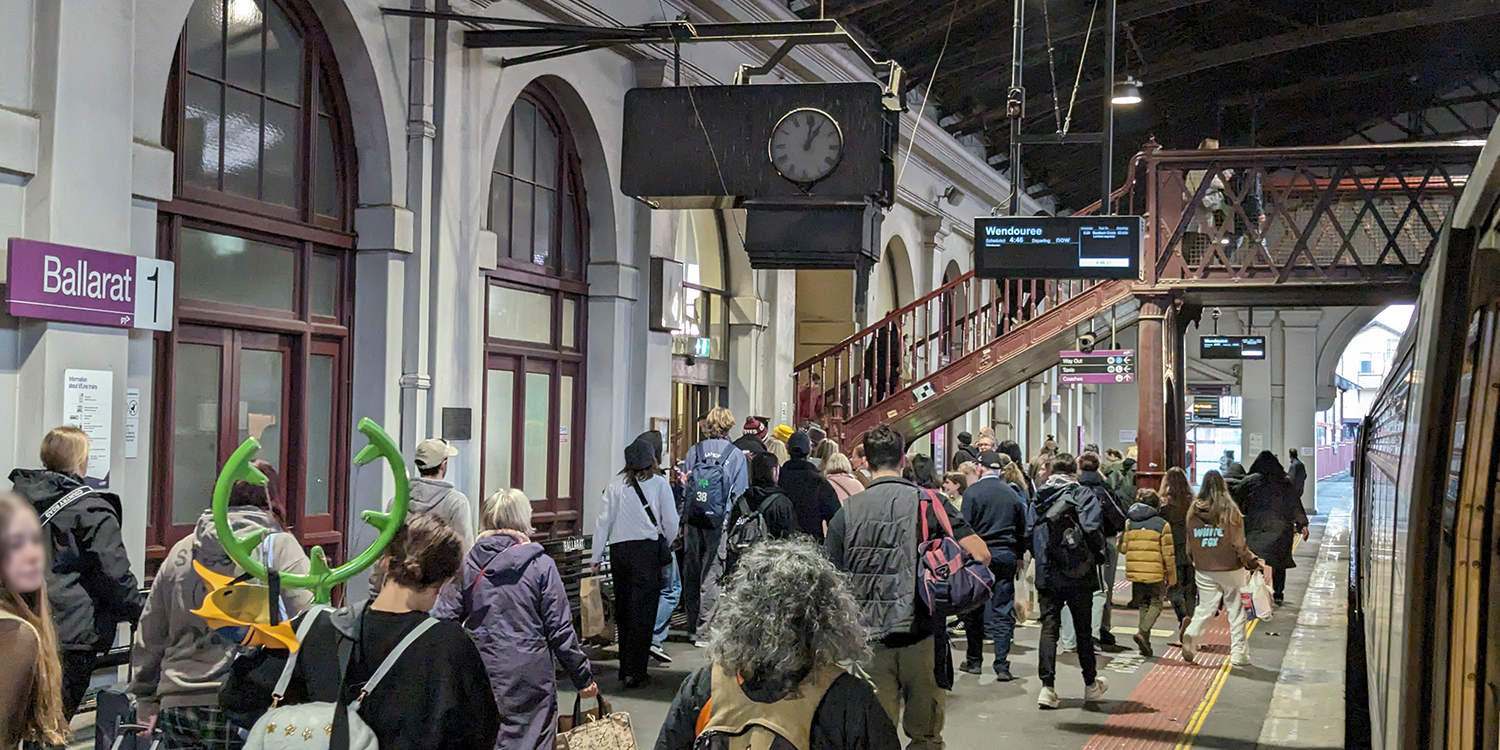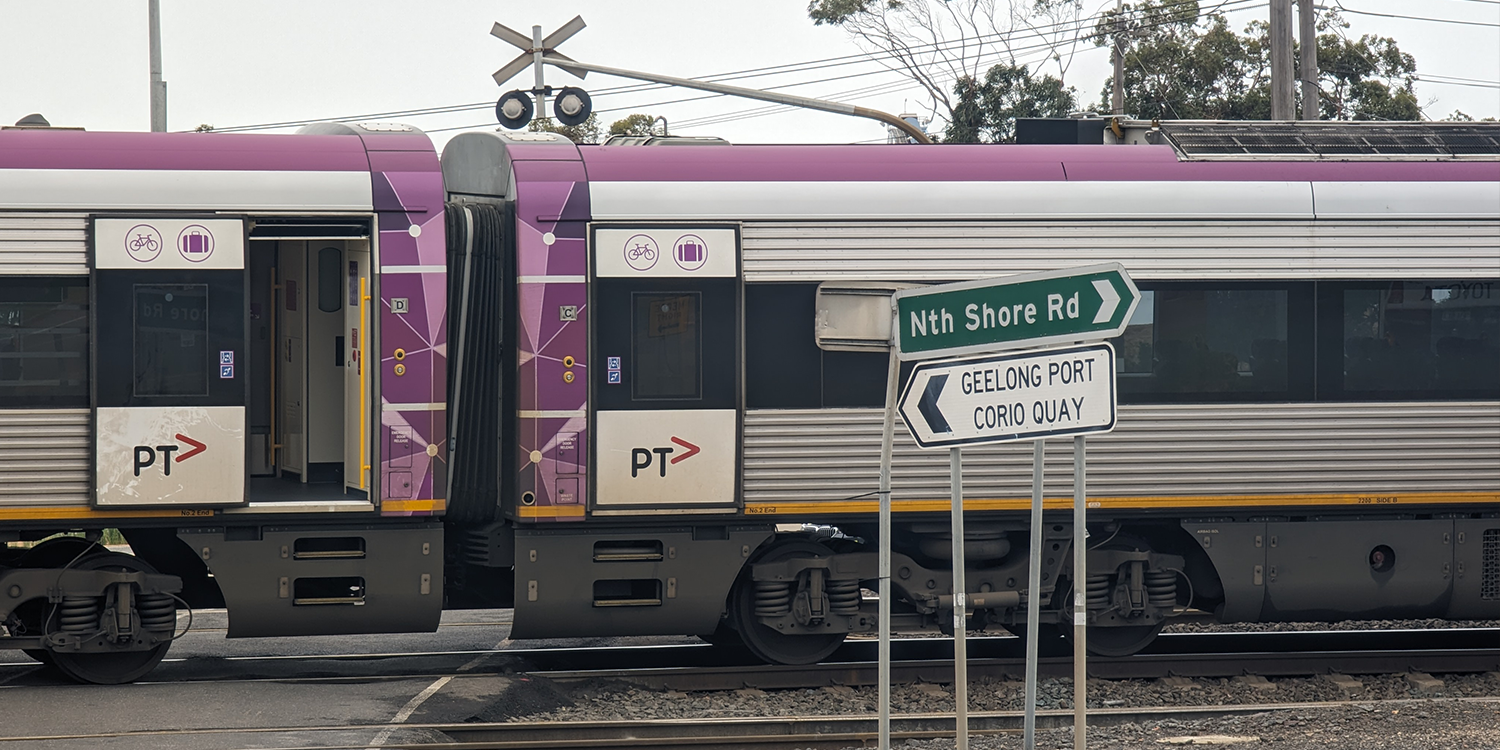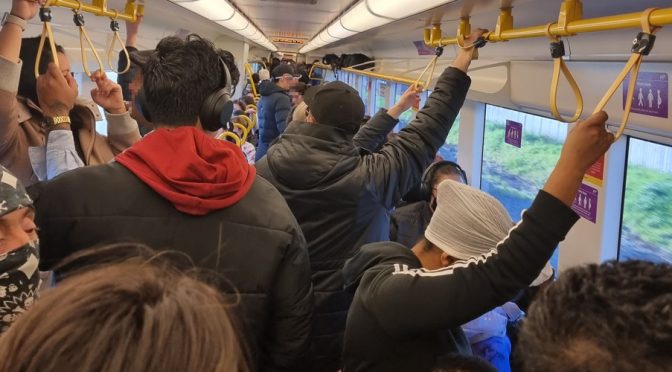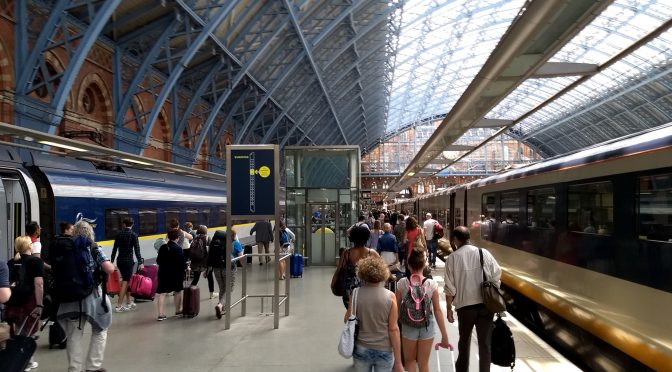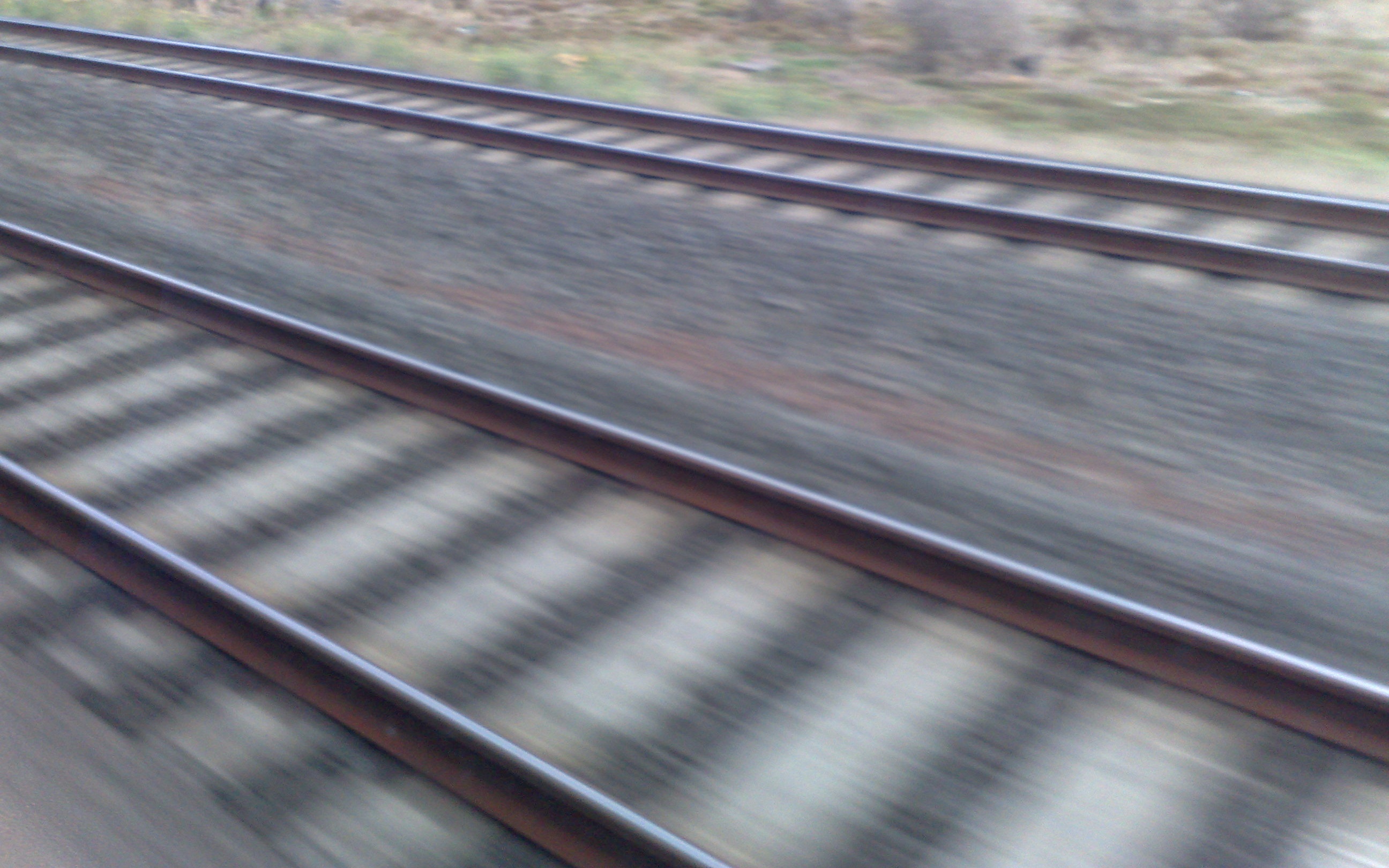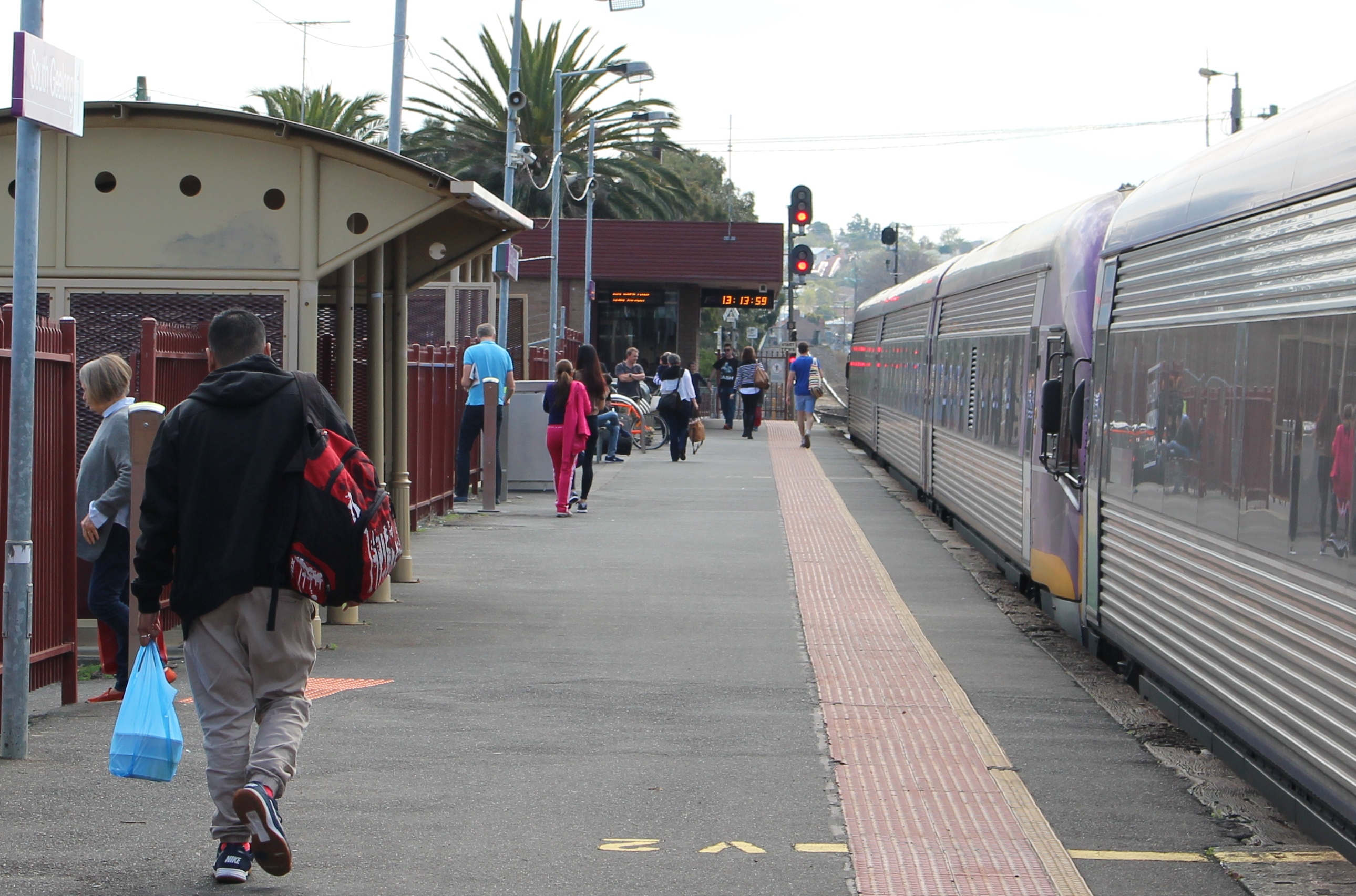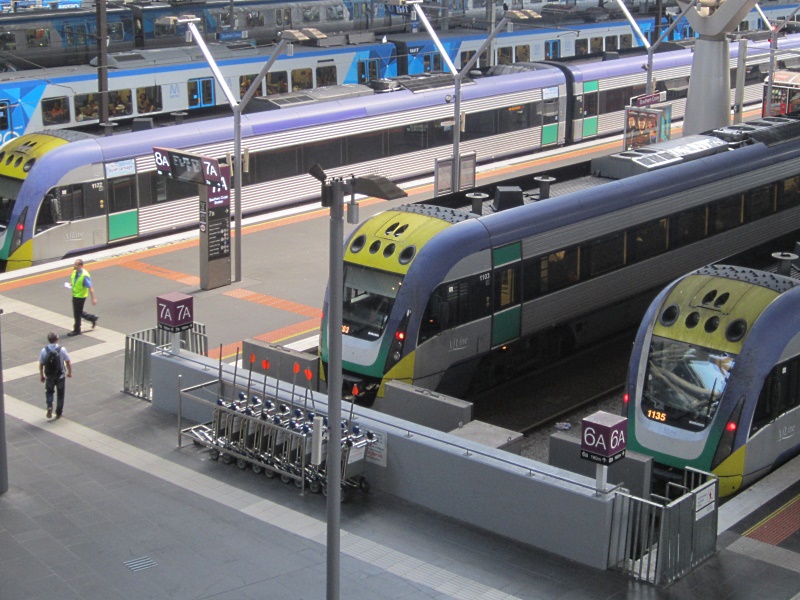Category: Regional
-
Short-term thinking – Geelong Advertiser
Funding further duplication of the Barwon Heads Road is a sad example of short-term thinking regarding transport planning in Greater Geelong. Politicians are keen to finance road expansion, rather than investing in an effective solution to our growing congestion problem; public transport. Additional road space provides only temporary relief before it fills up again, increasing…
-
Calls for Immediate Action on Station Parkiteer Cages
The Public Transport Users Association (PTUA) and Bike Geelong are calling on the state government to address ongoing issues with Parkiteer bike cages at upgraded train stations in Victoria. Parkiteer bike cages provide secure bike storage and are an essential service for cyclists commuting via public transport. However, the cage at Marshall station remains closed,…
-
Geelong NYE services welcomed but promotion needed
The Public Transport Users Association Geelong Branch welcomes the additional bus services that were provided for New Year’s Eve 2024–25. These services, which included three extra trips on Route 30, four on Route 31, and three each on Routes 42, 53, 55, and 60, represent a positive step toward making public transport a viable option…
-
Geelong Candidates Survey Highlights Public Transport Priorities
The Public Transport Users Association (PTUA) Geelong Branch has released survey results from candidates standing for election in the City of Greater Geelong Council, aiming to gauge their perspectives on transport issues and provide insights for voters. With rapid growth in Lara and Armstrong Creek, along with a new employment precinct at Avalon Airport, Geelong…
-
PTUA Members welcome news of Ballarat Station Upgrade but it needs to be done right
On the 3rd of May, the Public Transport Minister announced that the Victorian government will at long last upgrade the station to meet modern accessibility standards. The upgrade will include the construction of a new pedestrian overpass with stairs and lifts on both platforms. Ballarat station has long lacked crucial accessible connectivity making the station…
-
PTUA calls for Action Following Tragic Fatality at North Shore Level Crossing
Last month, a tragic collision occurred between a train and a truck at the North Shore Road level crossing in Geelong, resulting in the loss of a life. The Public Transport Users Association (PTUA) extends its condolences to the family and friends of the victim. The PTUA urgently calls for the removal of this dangerous…
-
V/Line: coming fare cuts set to worsen crowding
Service upgrades, including full length trains, are needed to cope with crowding.
-
Australia must ‘move on’ from freeway fantasy, not High Speed Rail
In response to the Grattan Institute’s calls for Australia to ‘move on’ from High Speed Rail, the Public Transport Users Association notes the limitations of their analysis, and calls for urban megaroads projects to receive the same level of scrutiny. Evidence has shown again and again that urban motorways induce more traffic, rather than “busting”…
-
PTUA welcomes Overland reprieve, calls for long-term investment
The Public Transport Users Association (PTUA) has welcomed the announcement that the Victorian government will contribute funding to keep the iconic Overland train running for another three months. When the South Australian government withdrew its contribution to subsidising this vital passenger link at the end of 2018, the Victorian government stepped up to fund the…
-
PTUA congratulates King on new portfolio, calls for state-federal cooperation on infrastructure
The Public Transport Users Association (PTUA) has congratulated Catherine King on her re-election as the member for Ballarat, and on being appointed Shadow Minister for Infrastructure, Transport and Regional Development. PTUA Ballarat Branch Convener Ben Lever said that this portfolio was crucial to the future of Ballarat and western Victoria. “One of the keys to…
-
Public transport users welcome Geelong rail duplication agreement
The Public Transport Users Association (PTUA) has welcomed the commitment by the federal government to fully fund its share of the planned duplication of the rail line from South Geelong to Waurn Ponds. PTUA Geelong Branch convener, Paul Westcott, said that the project had been on the agenda ever since the opening of Marshall station…
-
PTUA welcomes government intervention to save The Overland
The Public Transport Users Association (PTUA) has welcomed the announcement that the Victorian government will provide additional funding to assist the Overland passenger train to continue running between Melbourne and Adelaide – and has renewed calls for the government to support reinstatement of regular passenger trains to Horsham. The Overland has been supported by the…
